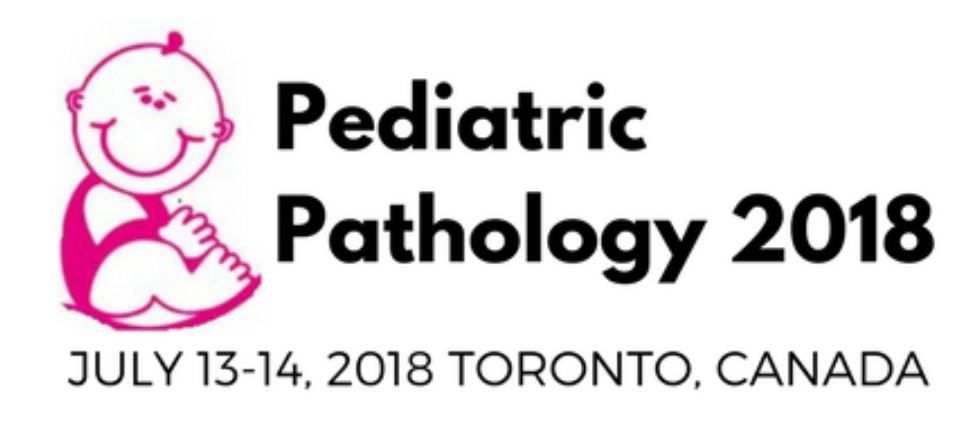Yasir Ghareeb Ibrahim Alrashdan
Medical student at Hail University
Title: Risk factors and therapeutic approach to acute hyponatremia in pediatrics:
Biography
Biography: Yasir Ghareeb Ibrahim Alrashdan
Abstract
Hyponatremia manifests most commonly with neurologic dysfunction and results more from the rate of change of sodium concentration. This review discusses the recent evidence concerning the pathophysiology, risk factors and treatment techniques. We performed detailed search through electronic databases; PubMed, and EMBASE, for studies published in English language and human subjects thought instant to 2017. Studies discussing the acute hyponatremia in pediatrics, management approaches. Hyponatremia is a severe adverse event that can be avoided with proper
IV fluids option and cautious monitoring. Because hospitalized children are at an increase danger for hyponatremia secondary to nonosmotic stimulus that could stimulate the release of ADH, isotonic intravenous (IV) fluids appears to be a safer empirical option. The studies discussed demonstrate that the use of isotonic IV fluids could decrease the risk of hospital-acquired hyponatremia. There is proof to sustain that hypotonic saline solutions could trigger acute hyponatremia, which may result in severe unfavorable effects and even fatality, especially in postoperative patients. Like all drugs, there is no ideal IV fluids for all kids, so response to IV fluids therapy need to be observed closely. When hypotonic saline is utilized health care providers need to be educated on the signs and symptoms associated with acute hyponatremia.

